[Tutorial] The Process of Turning My Stories Into eBook (Part 1: Idea & Content)
This is my first Tutorial series in #SteemitEducation, written in a personal #uLog style, about my process of creating an eBook & what I've learned in the way.
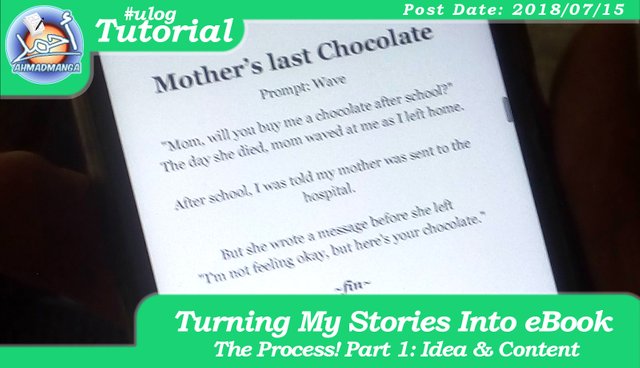
If you follow me for a while you must already know that I released a book containing my #fiftywords stories. In the process of doing it I have learned many things. In this Three-Parter (semi-educational post) I'll share what I've learned.
Here's "Fifty Words Collection" Announcement
Why eBooks?
I noticed that while I'm more likely to find a post and skim through it. I'm more likely to actually read stories when I'm offline if I downloaded them earlier in eBook format on my smart phone in 'waiting times.'
That's one of the reasons eBooks that are collections of free information scrapped from around the internet are popular, sometimes sold for big amount of money, even though you can find the exact same text in some website or another. Of course I'll never do something that awful(?) as I try to be a true evangelist of originality.
I wanted to test the idea of having downloadable eBook versions of my posts.
But since I haven't done that before, I wanted to use the first eBook to gain feedback, it should preferably be unrelated to steemit, like a story book.
The Idea
The concept of the book was to collect every fiftywords story I wrote into a book that can be downloaded & shared between people without the need to know about Steemit. It should be read like any (good) anthology on Amazon Kindle Store, and hopefully encourage the reader to read more of my writing.
I don't know how successful in realizing the idea.
The Process
In this series of posts I'll talk about how I gathered the content & how I stylized it with Google Docs. What I learned in doing so, and finally I'll talk about making the cover, the 3D version of it & the promo images.
Creating a Document
First I opened a new blank google document, I wrote the title, changed the the paragraph style then the font size. It's better to make sure using title & header styles properly. (more in part 2.)
Paragraph Styles are very important.
Then in the line after the title, I [insert]ed a page break.
Beginners tend to navigate to the next page with Enter (new lines.) But if you're making eBooks it's better to always insert Page Break after the last line in the page. Especially for Kindle eBooks, because not doing that won't be noticeable in a PDF version.
Content Collecting & Proof Reading
Unlike my longer stories, which I keep every draft of. Most #freewrite & #FiftyWords posts were written exclusively on steemit editor. Collecting them was harder as I had to copy/past them into the Google document one by one.
The stories where so short they barely fill their own twelve pages. Each story only fills a half A4 sized page (more or less.) I tried to make the pages fit two stories, but some of the stories had too many lines to make that possible. Aiming to have a story per page I find a solution by changing the page size. (More on that in Part 2.)
After collecting the stories, I used a grammar checker, because you have to be as Pro as possible. If you can I recommend having a good writer as a proof reader, but since I work alone I used Gradeproof due to it's easy Google Docs integration. Some people are more comfortable with Grammarly.
Surprisingly the AI didn't catch any grammar error in the stories themselves, it only caught one typo I knew about already.
The Non-Story Parts
After that I had to add an Intro & Afterword. The Intro of a book is very important, I tried to make it informative, so to come up with my own description of them. I looked up as many articles about flash fiction, fiftywords & micro-fiction. That's when I learned many things.
I learned that fifty word stories are called "dribbles" (as opposed to 100 word drabbles.) & the best ways to write them. After some procrastination, reading those articles and others. I finally managed to make my own intro page.
The end result after three hours of iterating.
The Afterword was harder, I didn't know where to start it and wasn't sure even if it was necessary. I just didn't want to leave the reader with the final story and that's it.
I had to look for some examples online but I don't know if I found a good one. Finally I wrote mine just like how I do every blog: "PERSONAL." In every other aspect of the book I tried to be objective but threw all that away in the last page.
Cause I don't have enough data yet about how acceptable they are.
More In Part Two
In the next two parts I'll talk about how I styled the font, the pages and how I came up with the cover. All of things I wrote here were my process, and if you know anything better PLEASE tell me in comments. I'm still a beginner.
In mean time you might want to read my fifty word stories listed here. Or my longer ones like A Fascinating Legacy, A Murky liquid or Your Heart Would Remember.
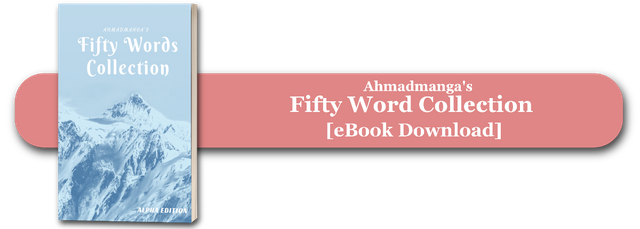
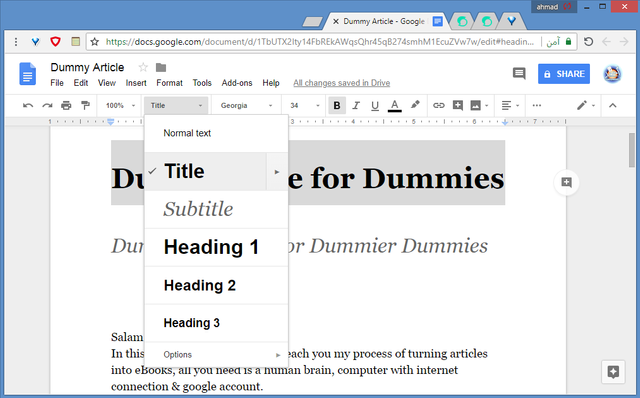
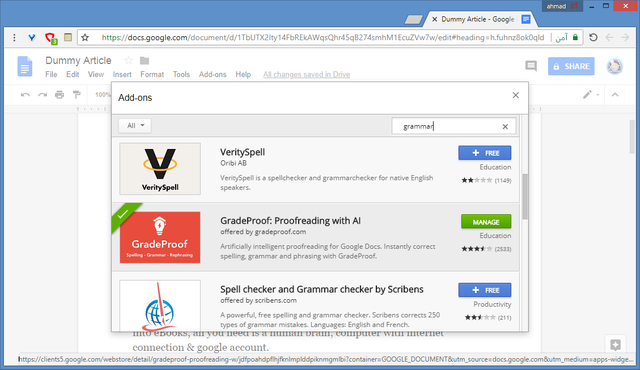
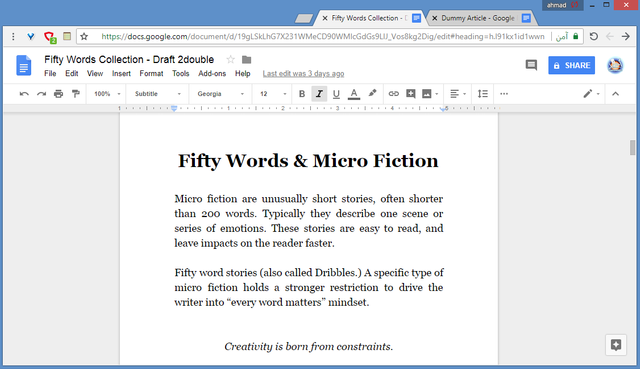
Nice achievement mate - eBook formats are well professional and organised that's true talk. I'll bookmark the steps highlighted here. Thank you.
Thanks for reading, if you liked this post you might want to read the book (link is below the post content.) There is part 2 I'll post few days later about how to style the book itself.
Congratulations @ahmadmanga! You have received a personal award!
Click on the badge to view your Board of Honor.
Do not miss the last post from @steemitboard:
SteemitBoard World Cup Contest - The results, the winners and the prizes